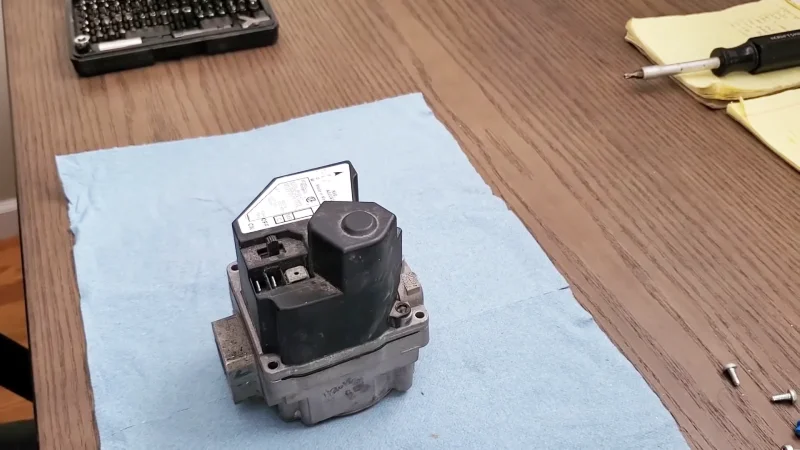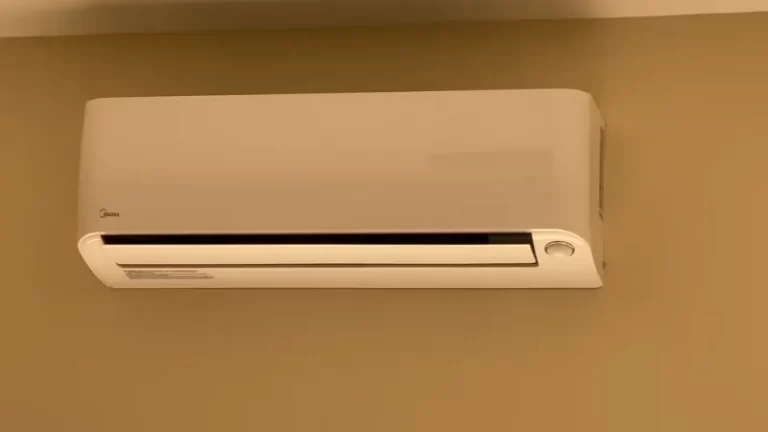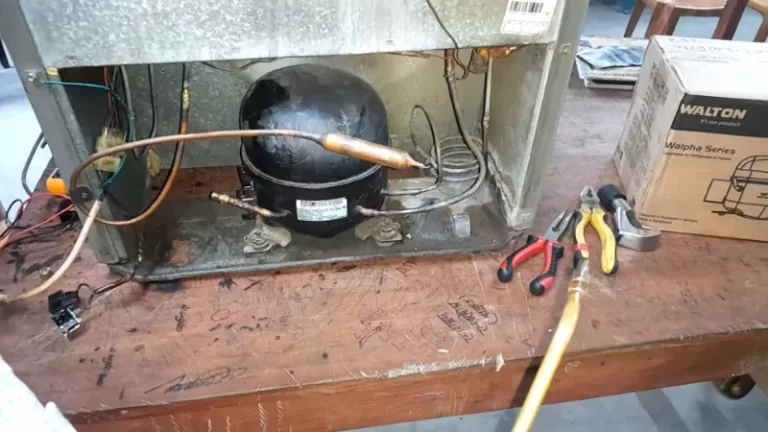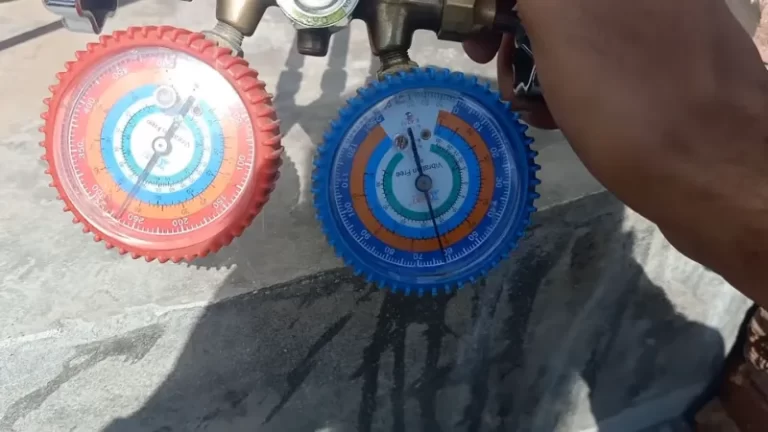Will a Furnace Gas Valve Work Intermittently?

A furnace gas valve is a crucial component in the operation of a gas furnace. It is responsible for opening and closing to allow gas to flow into the burners, which is then ignited by the furnace’s ignition system.
However, sometimes a furnace gas valve may start to work intermittently, meaning it does not consistently open and close as it should. This can cause issues with the furnace’s ability to ignite and maintain a flame, leading to inefficient heating and potentially dangerous situations.
In this article, we will delve into the causes and symptoms of an intermittent furnace gas valve, as well as how to troubleshoot and repair this issue.
You'll Learn About
Causes of Intermittent Gas Valve Operation
There are several possible causes of an intermittent furnace gas valve.
Malfunctioning Ignition Control Board
One of the most common causes is a malfunctioning ignition control board. The ignition control board is responsible for sending the signal to the gas valve to open and allow gas to flow to the burners.
If the ignition control board is not functioning properly, it may cause the gas valve to open and close erratically.
Faulty Wiring or Connections
Another potential cause of an intermittent gas valve is faulty wiring or connections. If the wiring between the ignition control board and the gas valve is damaged or loose, it may cause problems with the signal being sent to the gas valve. Similarly, if the connections between the various components are corroded or loose, it can also cause intermittent operation of the gas valve.
Problems With the Gas Valve
A clogged or dirty flame sensor can also cause problems with the gas valve. The flame sensor is responsible for detecting the presence of a flame and ensuring that the gas valve remains open as long as the flame is burning. If the flame sensor is dirty or clogged, it may not be able to accurately detect the flame, causing the gas valve to close prematurely.
Issues With the Gas Valve
Improper gas pressure can also cause issues with the gas valve. If the gas pressure is too high or too low, it can cause the gas valve to open and close erratically. This can be caused by problems with the gas supply or with the regulator that controls the gas pressure.
Symptoms of an Intermittent Gas Valve
If a furnace is experiencing issues with an intermittent gas valve, there are several symptoms that may be noticeable.
Fail to Ignite or Maintain a Flame
One of the most obvious symptoms is that the furnace may fail to ignite or maintain a flame. This can be caused by the gas valve not opening or closing as it should, which prevents gas from flowing to the burners.
Cycle on and Off Frequently
Another symptom of an intermittent gas valve is that the furnace may cycle on and off frequently. This can be caused by the gas valve opening and closing erratically, leading to the furnace starting and stopping repeatedly.
Fail to Reach the Desired Temperature
If the gas valve is not functioning properly, the furnace may also fail to reach the desired temperature. This can be caused by the furnace not being able to burn fuel efficiently due to the gas valve not opening or closing as needed. As a result, the furnace may struggle to maintain the desired temperature, leading to discomfort and inefficient heating.
How to Troubleshoot an Intermittent Gas Valve
If you suspect that your furnace is experiencing issues with an intermittent gas valve, there are several steps you can take to troubleshoot the problem.
Gas Supply
The first step is to check the gas supply and ensure that it is sufficient and that there are no leaks. To do this, you can check the gas meter and any visible gas lines for signs of leaks, such as a hissing sound or the smell of gas.
Clean the Flame Sensor
Next, you should clean the flame sensor with steel wool or a fine sandpaper to remove any dirt or debris that may be causing problems. The flame sensor is responsible for detecting the presence of a flame and ensuring that the gas valve remains open as long as the flame is burning. If the flame sensor is dirty or clogged, it may not be able to accurately detect the flame, causing the gas valve to close prematurely.
Cleaning the Flame Sensor
After cleaning the flame sensor, you should inspect the wiring and connections between the ignition control board and the gas valve. Look for any signs of damage or corrosion, as these can cause problems with the signal being sent to the gas valve. If you find any damaged or corroded wiring or connections, they will need to be repaired or replaced.
Test the Ignition Control Board
You can test the ignition control board to see if it is functioning properly. To do this, you will need to use a multimeter to test the voltage at the ignition control board. If the voltage is not within the normal range, it may indicate a problem with the ignition control board that needs to be repaired or replaced.
If you are unsure about how to troubleshoot or repair your furnace, it is best to consult with a qualified HVAC technician for assistance.
Final Words
The ignition system is responsible for lighting the burners and maintaining a flame during the heating cycle. Intermittent ignition problems can be caused by a variety of factors, including a faulty ignition control board, a malfunctioning gas valve, or a dirty flame sensor.
To troubleshoot the problem, you can try the following steps:
- Check the gas supply to the furnace to ensure that it is sufficient and that there are no leaks.
- Clean the flame sensor with steel wool or fine sandpaper to remove any buildup.
- Check the connections between the ignition control board and the gas valve to ensure that they are secure and free of corrosion.
- Check the wiring between the thermostat and the furnace to make sure that it is properly connected and undamaged.
If the problem persists, you may need to replace the ignition control board or the gas valve. It is recommended to hire a professional to perform these repairs as they involve gas and electricity.
If you are unsure about how to troubleshoot or repair your furnace, it is best to consult with a qualified HVAC technician for assistance.




